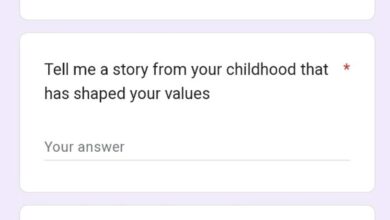Internet wonders how Anil Kapoor made it to TIME magazine’s AI cover when Sam Altman didn’t | Trending

TIME magazine’s l of the “100 Most Influential People in AI 2024” featured all the usual suspects – from OpenAI CEO Sam Altman to Google chief Sundar Pichai – along with a few surprising inclusions like Indian actor Anil Kapoor. While the l itself was a source of much discussion on social media, it was the cover that really got people talking. Vinod Khosla, Sundar Pichai and Anil Kapoor featured in TIME 100 Most Influential People in AI 2024 cover(Time Magazine) TIME magazine’s l of the 100 most influential people in artificial intelligence honoured individuals who are shaping the future of AI. The l was divided into four categories – leaders, innovators, shapers, and thinkers. Silicon Valley bigwigs like OpenAI’s Sam Altman, Microsoft CEO Satya Nadella and Meta founder Mark Zuckerberg all found a place in the “Leaders” section. However, all three were conspicuous in their absence from the magazine cover – an omission that did not go unnoticed on social media. Why no Altman on the cover?The TIME cover on AI’s 100 most influential features Indian actor Anil Kapoor, Hollywood star Scarlett Johansson, YouTuber Marques Brownlee and Nvidia CEO Jensen Huang, among several others. The omission of OpenAI CEO Sam Altman, whose company’s ChatGPT fuelled the AI craze like no other, was criticised on social media. “Having a TIME 100 AI cover without Sam or Elon or Ilya but having Anil Kapoor and ScarJo is basically the AI version of MBA rankings that puts Chicago booth on top for some stupid reason no one cares about,” wrote one X user Hemant Mohapatra. “Scarlett Johansson is definitely more influential than Sam Altman when it comes to generative AI: Said no one. Ever,” another person wrote. One X user asked, “Is this satire? I really can’t tell.” “How in the world do you do a cover on the hundred most important people in AI and not have Sam Altman?” questioned Chris Nicholson. “Why is Anil Kapoor (Indian actor) on the front page,” another person wondered. A few people speculated that the cover was designed to get people talking. “I think the goal was to make the cover go viral making people wonder why certain people were on the cover. It worked,” Bob Theisen theorised.







